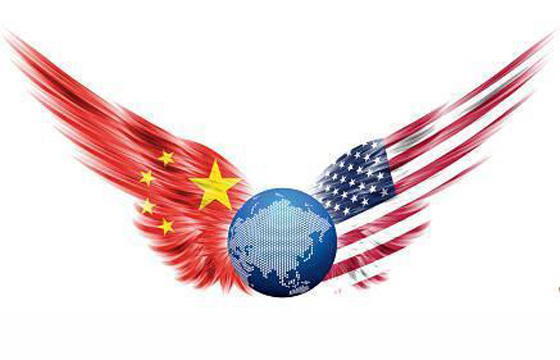
Bala Ramasamy, Professor of Economics and Associate Dean and Director of the Global EMBA Programme, China Europe International School in Shanghai
Matthew Yeung, Associate Professor at Lee Shau Kee School of Business and Administration, Hong Kong Metropolitan University
Apr 17, 2023
The shift of the US policy from engaging China to containing China can be traced back to the Obama administration and his pivot to Asia strategy in 2009.
Chen Jimin, Guest Researcher, Center for Peace and Development Studies, China Association for International Friendly Contact
Mar 09, 2023
The strategy is based on 20th century thinking in a 21st century environment. It will therefore inevitably run into problems. This design flaw is its Achilles heel: It has improper strategic goals, an imaginary competitor and an ineffective and misguided approach.
Zhu Songling, Professor, Beijing Union University
Feb 01, 2023
Consultations with island authorities on trade shows American double-dealing. The visit undermined core Chinese interests and had a negative effect. It will do harm but no good in China-U.S. relations and will only undermine U.S. Secretary of State Antony Blinken’s Beijing visit.
Sajjad Ashraf, Former Adjunct Professor, National University of Singapore
Dec 02, 2022
ASEAN toes a delicate balancing act between China and the United States, and the latest ASEAN Summit demonstrates the complexities involved in steering clear of unnecessary tensions.
Zhai Kun, Professor at School of International Studies; Deputy Director of Institute of Area Studies, Peking University
Oct 12, 2022
Three primary U.S. goals have their limitations. While it currently enjoys an internal bipartisan consensus on China, diplomatic and security problems, loopholes and contradictions exist for many countries in the region. The U.S. seeks to adjust the system to its advantage.
Zhou Xiaoming, Former Deputy Permanent Representative of China’s Mission to the UN Office in Geneva
Sep 27, 2022
Washington’s initiatives are being pitched as an “alternative to China,” as they divide developing countries and solidify U.S. control. The IPEF may compete with ASEAN, raising questions about the bloc’s centrality.
Liu Chang, Assistant Research Fellow, Department for American Studies, CIIS
Sep 19, 2022
IPEF negotiations are underway and four joining statements were recently released at the first in-person IPEF ministerial meeting. But Washington’s motives and the direction they lead negotiations remains to be seen, as they seek to build allyship in the Pacific and increase competition with China.
Leonardo Dinic, Advisor to the CroAsia Institute
Jul 07, 2022
Removing import tariffs on Chinese goods could lower consumer prices in the U.S. amid inflation, dissipate the U.S.-China trade war, and support the administration’s overall strategy to strengthen its presence and influence in the Indo-Pacific region.
Sajjad Ashraf, Former Adjunct Professor, National University of Singapore
Jul 07, 2022
Is the U.S. ready to meaningfully engage with the Asia-Pacific region? Their latest offering comes in the form of the IPEF, and the differences between the U.S.-led trade pact and competing ones led by Asian powers will show whether American leadership has brought enough to the table.
Lucio Blanco Pitlo III, Research Fellow, Asia-Pacific Pathways to Progress Foundation
Jun 30, 2022
The IPEF - a U.S.-initiated trade and development partnership - is poised to bring in enthusiastic participation from several nations in the Asia-Pacific region. Notably, Southeast Asian states are well represented among members, giving the U.S. considerable influence right in China’s backyard.